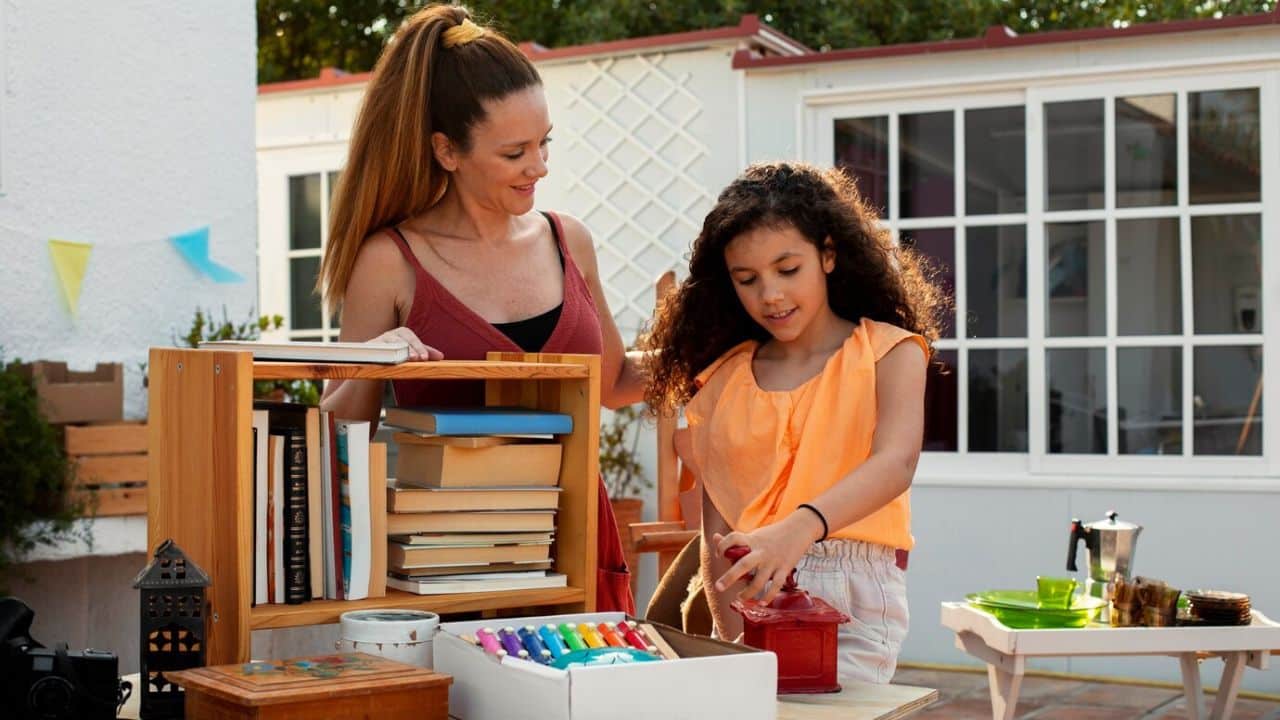Creating the perfect deck requires careful planning and expert knowledge. According to AAA Fence and Deck, a leading deck builder in Chapel Hill NC, understanding key design elements helps homeowners make informed decisions that impact both functionality and aesthetics.
A well-designed deck serves as an extension of your living space, bridging the gap between indoor comfort and outdoor enjoyment. The design process involves multiple factors, from material selection to spatial planning, all working together to create a cohesive outdoor living area.
Understanding Your Space and Needs
Before diving into design specifics, evaluate your outdoor space’s dimensions, slopes, and sunlight patterns. These natural elements play a crucial role in determining the optimal deck layout and material choices.
Your lifestyle and intended use of the deck should guide the design process. Whether you plan to host large gatherings or create an intimate reading nook, these considerations will influence the size, layout, and features of your deck.
Material Selection and Durability
Choosing the right materials forms the foundation of a successful deck project. Options range from traditional pressure-treated lumber to modern composite materials, each offering distinct advantages in terms of maintenance, longevity, and aesthetic appeal.
Consider your local climate when selecting materials. Some options resist warping and fading better than others, making them ideal for areas with extreme weather conditions. Factor in long-term maintenance requirements and initial costs to make an informed decision.
Layout and Traffic Flow
A well-planned layout maximizes your deck’s functionality. Create distinct zones for different activities while ensuring smooth traffic flow between areas.
Consider incorporating built-in features like benches or planters to define spaces without cluttering the deck. These elements can serve multiple purposes while maintaining a clean, organized appearance.
Integration with Landscaping
Your deck should complement existing landscaping elements. Consider how the design can incorporate or highlight natural features like mature trees or garden areas.
Strategic placement of container gardens and built-in planters can soften the transition between deck and yard. Select plants that thrive in your specific environment and complement your deck’s style.
Lighting and Ambiance
Proper lighting extends your deck’s usability into evening hours while adding ambiance. Include a mix of task lighting for safety and accent lighting for the atmosphere.
Consider incorporating different lighting zones to create versatile spaces. Path lights, step lights, and subtle accent lighting can transform your deck into an inviting nighttime retreat.
Privacy and Shade Solutions
Incorporate elements that provide privacy and shade without compromising design aesthetics. Pergolas, privacy screens, or strategic landscaping can create intimate spaces while maintaining airflow.
Consider seasonal sun patterns when planning shade structures. A well-designed combination of permanent and flexible shade options allows you to adapt to changing conditions throughout the year.
Safety and Building Codes
Every deck project must adhere to local building codes and safety regulations. This includes proper railing heights, structural support requirements, and appropriate spacing between deck boards.
Working with a professional deck builder ensures compliance with all safety standards while maintaining design integrity. They can navigate permit requirements and structural specifications effectively.
Budget Planning and Value Addition
Smart budget allocation affects both immediate construction and long-term value. Consider allocating funds for high-impact features that boost your home’s resale value, such as built-in seating or outdoor kitchens.
The return on investment varies with different design choices and materials. Premium features like weather-resistant composite decking or custom railings might cost more initially but often pay off through reduced maintenance and increased property value.
Multi-Season Functionality
Design your deck for year-round enjoyment by incorporating features that extend its usability across seasons. Consider adding covered areas, outdoor heating elements, or wind barriers for comfort during cooler months.
Weather-resistant storage solutions and versatile furniture arrangements help maximize functionality throughout the year. Planning for multiple seasons ensures your investment provides value regardless of weather conditions.
Takeaways
A thoughtfully designed deck adds value to your home while creating a versatile outdoor living space. Take time to research options and plan carefully, as these decisions impact both immediate enjoyment and long-term satisfaction.
For professional guidance in bringing your deck vision to life, consider consulting with a local deck builder who can evaluate your specific needs and provide expert recommendations. Their experience can help you avoid common pitfalls while creating the perfect outdoor space for your home. Contact a certified deck contractor today to start planning your ideal outdoor living area.








































